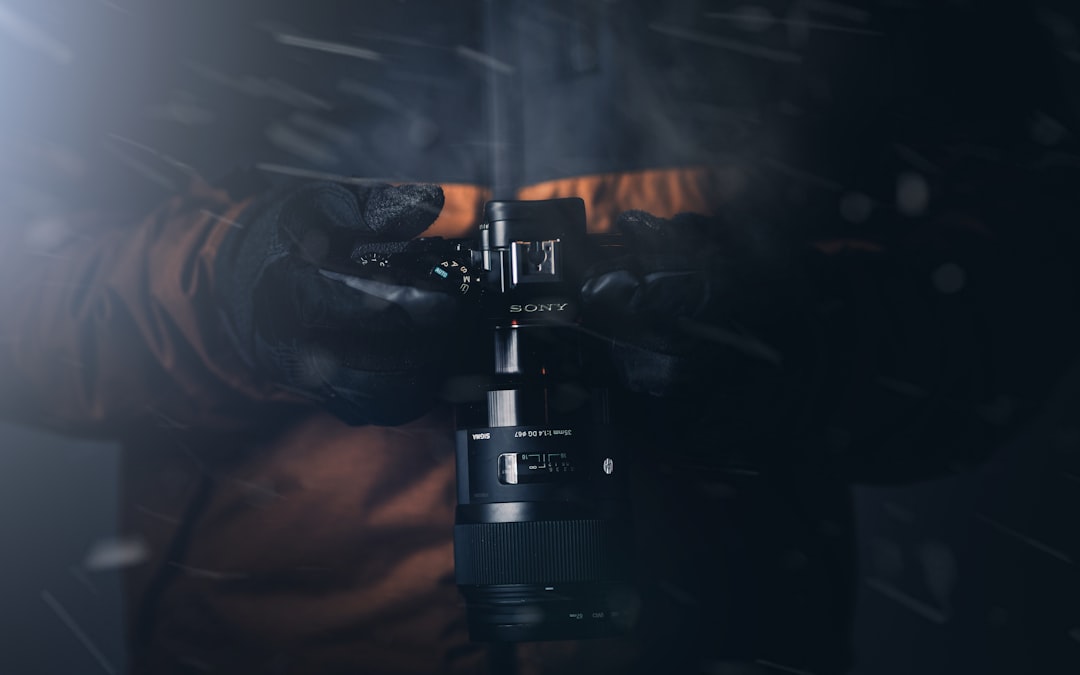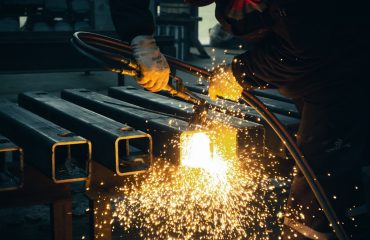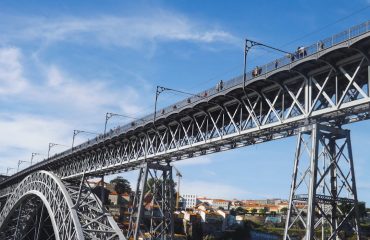Shot blasting is a powerful and versatile surface preparation technique used across numerous industries. It involves propelling small abrasive particles, typically metallic shot or grit, at high velocity onto a surface to achieve a variety of outcomes, including cleaning, descaling, peening, and surface roughening. This comprehensive guide will explore the intricacies of the shot blasting process, from its underlying mechanics to its diverse applications and safety considerations.
Understanding the Mechanics of Shot Blasting
The core principle of shot blasting lies in the kinetic energy transferred from the propelled abrasive media to the target surface. A shot blasting machine, typically a centrifugal wheel or pressure vessel, accelerates the abrasive particles to high speeds. These particles then impact the surface, removing contaminants, oxides, and other surface imperfections. The intensity of the impact depends on factors such as the type of abrasive, its size and shape, the velocity of projection, and the distance between the nozzle and the workpiece. The process can be highly controlled, allowing for precise adjustment of the surface finish achieved.
Types of Shot Blasting Machines and Abrasive Media
Several types of shot blasting machines cater to various applications and workpiece sizes. These include:
- Wheel Blast Machines: These utilize a rapidly rotating wheel to propel the abrasive media. They are ideal for high-volume production and larger workpieces.
- Air Blast Machines: These employ compressed air to propel the abrasive media, offering greater control and precision for intricate parts and smaller workpieces.
- Cabinet Blast Machines: These enclosed systems provide a safe and controlled environment for blasting smaller components. They are often used for delicate parts requiring precise cleaning.
- Pressure Blast Machines: These utilize high-pressure air to accelerate the abrasive media, offering a high-intensity blast suitable for removing heavy coatings or scale.
The choice of abrasive media is crucial and depends on the specific application. Common types include:
- Steel Shot: A common choice for cleaning and descaling, providing a durable and reusable option.
- Steel Grit: Angular in shape, offering greater cleaning power than shot, but with higher wear on the workpiece.
- Cast Iron Shot/Grit: A less expensive alternative to steel, but with a shorter lifespan.
- Glass Beads: Used for delicate surface finishing applications, creating a smooth, satin finish.
- Ceramic Media: Provides a more environmentally friendly alternative to steel shot, suitable for applications requiring a non-metallic abrasive.
Applications of Shot Blasting Across Industries
Shot blasting finds extensive application across a wide range of industries, including:
- Automotive: Cleaning and preparing car bodies for painting, removing rust and scale from chassis components.
- Aerospace: Cleaning and preparing aircraft parts for painting and maintenance, removing surface imperfections.
- Construction: Cleaning and preparing steel structures for painting and corrosion protection.
- Manufacturing: Cleaning and preparing metal parts for various finishing processes, removing burrs and surface imperfections.
- Marine: Cleaning and descaling ship hulls, removing marine growth and corrosion.
- Railroad: Cleaning and preparing railway components, removing rust and scale from tracks and rolling stock.
The versatility of shot blasting allows it to be adapted to various materials, including steel, aluminum, cast iron, and even some plastics.
Benefits of Utilizing Shot Blasting Techniques
The advantages of employing shot blasting techniques are numerous:
- Superior Surface Preparation: Creates a clean, uniform, and consistent surface ideal for subsequent processes like painting or coating.
- Enhanced Coating Adhesion: The roughened surface created by shot blasting provides excellent adhesion for paints and coatings, leading to increased durability and longevity.
- Improved Corrosion Resistance: Removes rust, scale, and other surface imperfections that contribute to corrosion, significantly extending the lifespan of components.
- Increased Fatigue Strength (Shot Peening): Controlled shot peening can introduce compressive stresses into the surface, enhancing fatigue strength and resistance to cracking.
- Cost-Effective Solution: While initial investment can be significant, the efficiency and effectiveness of shot blasting often make it a cost-effective solution in the long run.
- Environmentally Friendly Options: The availability of environmentally friendly abrasives like glass beads and ceramic media reduces the environmental impact of the process.
Safety Precautions in Shot Blasting Operations
Shot blasting presents certain safety hazards, necessitating strict adherence to safety protocols:
- Respiratory Protection: Operators must wear appropriate respirators to prevent inhalation of abrasive dust and particles.
- Eye Protection: Safety glasses or face shields are essential to protect against flying particles.
- Hearing Protection: The noise generated by shot blasting machines can be significant, requiring the use of hearing protection.
- Proper Clothing: Protective clothing, including gloves and coveralls, should be worn to prevent skin abrasions and injuries.
- Containment Systems: Enclosed systems or adequate dust collection mechanisms are necessary to minimize environmental contamination.
- Regular Maintenance: Regular inspection and maintenance of the equipment are crucial to prevent malfunctions and accidents.
Proper training and adherence to safety regulations are paramount for ensuring a safe and productive shot blasting operation.
In conclusion, shot blasting is a powerful and versatile surface preparation technique with widespread applications across diverse industries. Understanding the process, selecting the appropriate equipment and abrasive media, and prioritizing safety are essential for harnessing its full potential.




